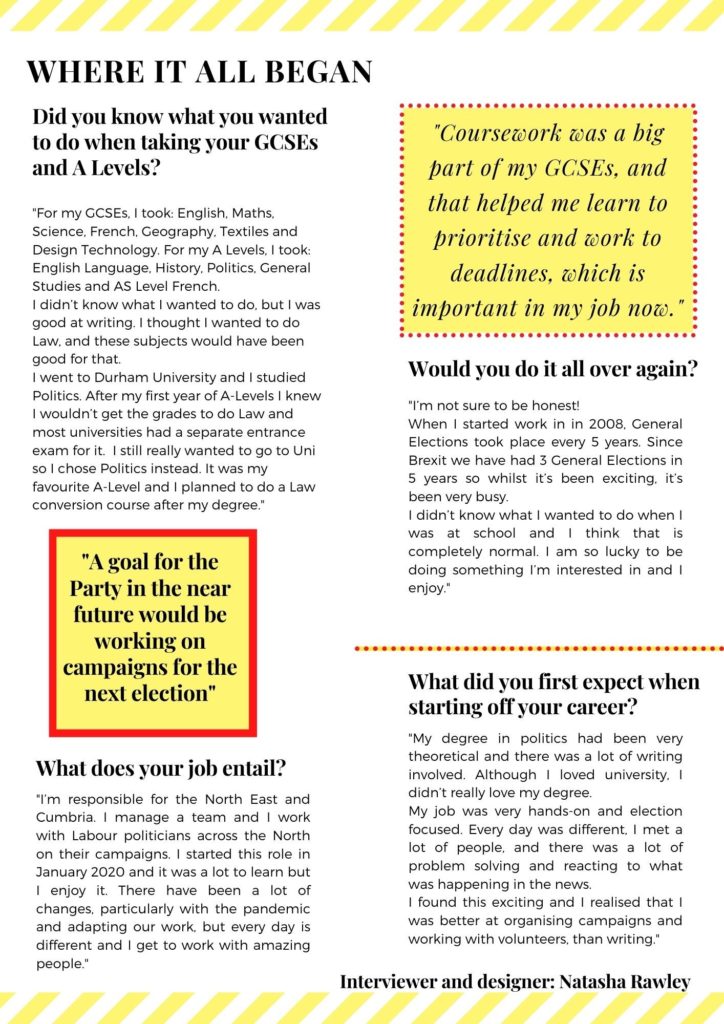Semiotics
- Sign-something which can stand for something else
- Code– technical, written and symbolic tools which used to construct or suggest meaning in media forms.
- Convention– accepted ways of using media codes
- Dominant Signifier– the main representative.
- Anchorage-words with an image to provide context
Ferdinand de Saussure:
- Signifier-Any material thing that signifies something.
- Signified-The concept that a signifier refers to.
C S Pierce:
- Icon-physically resembles thing or idea
- Index-A sign that has a link to its object
- Symbol-Symbol, a sign that has an arbitrary or random link to its object
Roland Barthes:
- Signification-process of the construction of meaning from the signs
- Denotation-, first level analysis (what a reader can see on the page)
- Connotation-meanings or associations we have with the image
- Myth-naturalizes events turning history into nature
- Ideology-a world view about how society should function
- radical– something you wouldn’t expect / out of the ordinary
- reactionary-what you would expect/ follows stereotypes
paradign– a collection of similar signs
syntagm– the sequences in which signs work.


